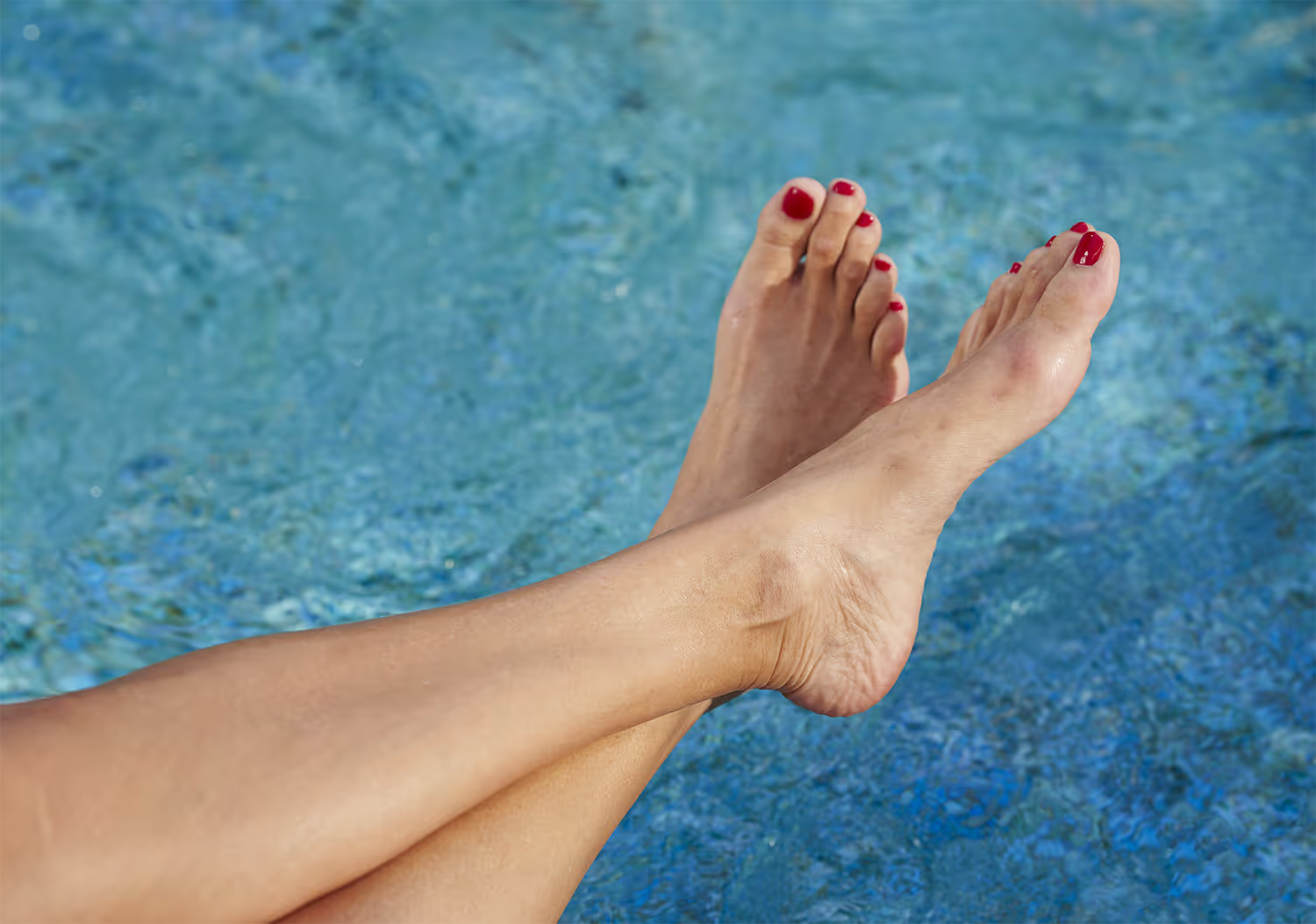
Why Is Physical Therapy Important After My Bunion Surgery?
After you’ve made the decision to pursue surgery for your painful bunion and undergone the procedure, what comes next?
Once your surgeon feels it’s appropriate, they will prescribe a rehabilitation protocol coordinated with a physician therapist.
According to the American Physical Therapy Association, physical therapy helps patients maximize movement, manage pain, and recover from injuries or surgery. Care protocols are specific to the surgeon’s recommendations and the patient’s goals, body, and lifestyle.
“Your doctor and therapist will choose specific exercises for you based on your recovery, pain, range of motion, and comfort level,” said Brent Van Gemert, MPT, SCS, CSCS, Arthrex Physical Rehabilitation Manager.
This customized plan may take into account some of the most common postsurgical concerns, including:
- Weightbearing: Physical therapy will follow your doctor’s recommendations of when and how to increase weightbearing during recovery.
- Stiffness: Therapy may help restore acceptable movement and range of motion, which impact the way you walk and the dynamics of your day-to-day movement, Brent says.
- Restoring motion: Your physical therapist may incorporate exercises to help you restore day-to-day movement.
- Returning to athletic activity: For individuals who want to return to more strenuous physical activity or to a sport, physical therapy can be tailored to these specific movements and impact requirements (depending on your surgeon’s prescribed protocol and your healing process).
“With most surgeries, you’re trying to reestablish the closest thing you can to the original anatomy and associated motion to restore a function that’s been lost or compromised,” Brent says.
See how one Arthrex Bunionectomy patient got back to her favorite activities
Your doctor and therapist will choose individualized exercises for you based on your time since surgery, pain, comfort level, range of motion, and overall recovery goals, Brent explains.
“Every recovery from surgery starts with building a good foundation. Then, you systematically and progressively increase your activity to meet your end goal,” he says.

Physical Therapy After Your Bunion Surgery
Like any surgery, recovery after surgery for hallux valgus—the scientific term for the deformity that causes the bunion “bump” on the side of your foot—will likely include physical therapy.
A comprehensive, patient-specific physical therapy treatment program “is beneficial in maximizing outcomes of hallux valgus correction and improving overall patient satisfaction.”1
The Arthrex Minimally Invasive Bunionectomy is designed to correct your bunion in the most minimally invasive way possible, resulting in less swelling,2 smaller scars (meaningless scar tissue),3 and a faster recovery3,4 than other bunion removal procedures.
Learn more about the Arthrex Minimally Invasive Bunionectomy
Following the rehabilitation protocol developed by your surgeon and physical therapist will support your recovery. It’s also essential to go to follow-up appointments with your doctor.
Every person’s rehabilitation protocol after undergoing the Arthrex Minimally Invasive Bunionectomy will vary based on the recommendations of your doctor and physical therapist. This may include early weightbearing to exercises for strength and flexibility to conditioning for more physical activity.
Stage One: Weightbearing and Early Return to Motion
On average, patients who undergo the Arthrex Bunionectomy recover up to 8 weeks faster compared to open procedures.4 Most are able to walk away without using a device like crutches or a knee scooter.
Your doctor will determine how you may progress in activity, including activities of daily life to higher-impact exercises.
Follow-up visits with your doctor may include x-rays and examinations of how your range of motion and flexibility are progressing. The goal is for patients to have a significant improvement in range of motion when the surgeon manipulates the operative toe.

Each patient’s progression and rehabilitation protocol are dependent on their healing and their surgeon’s recommendations, which are developed in close communication with the physical therapist. Your therapist should have a good idea of your capabilities and limitations.
Many rehab protocols will incorporate resistance and bodyweight exercises and will progress to include balance, stability, and unlevel surface training to recreate real-life situations patients may encounter, Brent says.
“The goal is to closely mirror the demands that your physical environment is going to put on the foot—for example, walking on grass or sand, standing for hours at work, and/or walking up and down stairs.”
Progressing in Your Physical Therapy Protocol
Once healing is complete and you are back in normal shoes, your surgeon and therapist will continue to develop your therapy regimen to help you get back to your daily activities, and potentially back to your exercise or sport of choice.
During strength and conditioning, patients transition from basic rehabilitation exercises to more athletic activity, which could include progressing from low-impact to higher-impact activities, Brent says.
“After your goals are established and with your doctor’s clearance, you would then progress into things that are sport-specific and tailored to your chosen exercise or activity,” he shares.
Consistency is key in your postoperative rehabilitation.
Your physical therapist is your support system during your recovery and can help you transition from one phase of work to the next, Brent explains. They can also provide important information on your progression to your surgeon.
To learn more about what recovery from the Arthrex Minimally Invasive Bunionectomy looks like, contact your doctor.
References
- Hawson ST. Physical therapy post-hallux abducto valgus correction. Clin Podiatr Med Surg.2014;31(2):309-322. doi:10.1016/j.cpm.2014.01.002
- Kheir E, Borse V, Sharpe J, Lavalette D, Farndon M. Medial displacement calcaneal osteotomy using minimally invasive technique. Foot Ankle Int.2015;36(3):248-252. doi:10.1177/1071100714557154
- Lee M, Walsh J, Smith MM, Ling J, Wines A, Lam P. Hallux valgus correction comparing percutaneous chevron/Akin (PECA) and open scarf/Akin osteotomies. Foot Ankle Int. 2017;38(8):838-846. doi:10.1177/1071100717704941
- Lai MC, Rikhraj IS, Woo YL, Yeo W, Ng YCS, Koo K. Clinical and radiological outcomes comparing percutaneous chevron-Akin osteotomies vs open scarf-Akin osteotomies for hallux valgus. Foot Ankle Int. 2018;39(3):311-317.doi:10.1177/1071100717745282



